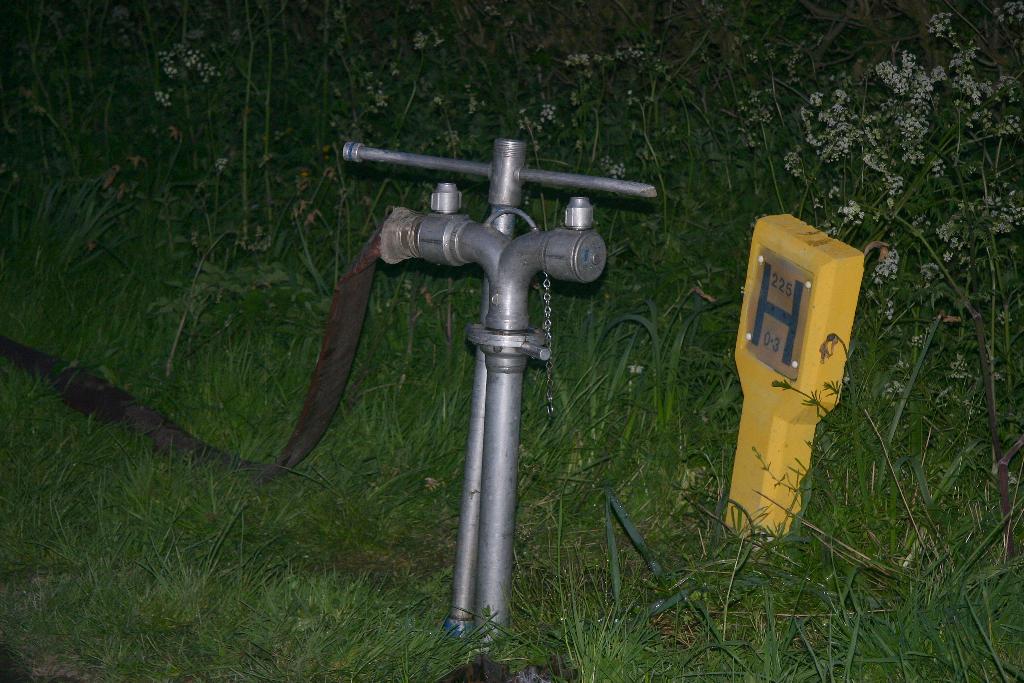

It is usually a metal pillar sticking out of the ground, but sometimes it can be underground. How are you supposed to find your nearest one if you don’t even know what it is, or what it looks like?įor this reason, we are going to start at the very beginning, just so that everyone reading is caught up to date.Ī fire hydrant is a, essentially, a point which is linked to several underground pipes, including those connected to the local water supply. If you do not know what a fire hydrant is, reading this article may feel pretty futile. There are always signs that will point you in the right direction, but only if you know what you are looking for.Ĭontinue reading this article to find out our 8 different, fail proof ways to find your nearest fire hydrant.
#Fire hydrant locator how to
Today, we are going to not only teach you how to find your nearest hydrant, but also how you can swiftly find one wherever you are in the world. If you don’t know where your nearest fire hydrant is, and you would like to find out for safety purposes, you have come to the right place. It may be wise, however, for you to learn where your nearest fire hydrant is: while it may seem like something you do not need to know, as you won’t be the one using it, it would still be helpful to save time and point the firemen in that direction if they are unaware of the nearest hydrant’s location.

This is essential if their current task is to put out a huge, wild-spreading fire. Unlike us average citizens, firefighters are usually trained to know exactly where to find a fire hydrant, no matter what location they have been sent to. These are the kind of situations in which firefighters will begin searching for the nearest fire hydrant to rely on for additional support. While this may seem like a lot of water, the firemen may run out if the fire is particularly big: after all, fires spread very quickly, and if the building is large enough, it will take a lot more water to extinguish the flames. It was later on in life that I worked out, through logic, that this was not true, and discovered that fire engines only contain around a thousand gallons of water to be used in emergency situations.
#Fire hydrant locator code


Where new water mains are extended along streets where hydrants are not needed for protection of structures or similar fire problems, fire hydrants shall be provided at spacing not to exceed 1,000 feet to provide for transportation hazards.Where streets are provided with median dividers that cannot be crossed by fire fighters pulling hose lines, or where arterial streets are provided with four or more traffic lanes and have a traffic count of more than 30,000 vehicles per day, hydrant spacing shall average 500 feet on each side of the street and be arranged on an alternating basis.Reduce by 100 feet for dead-end streets or roads.


 0 kommentar(er)
0 kommentar(er)
